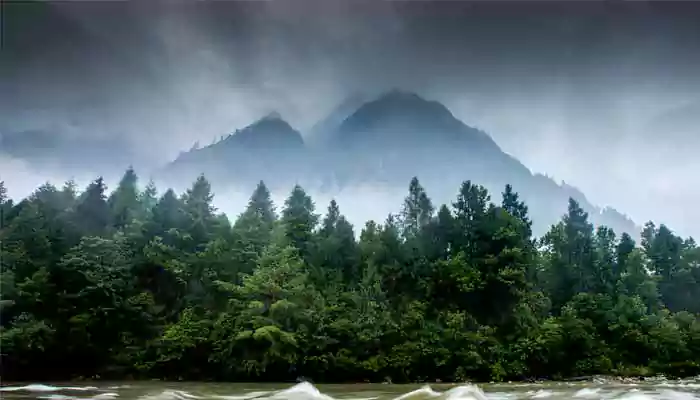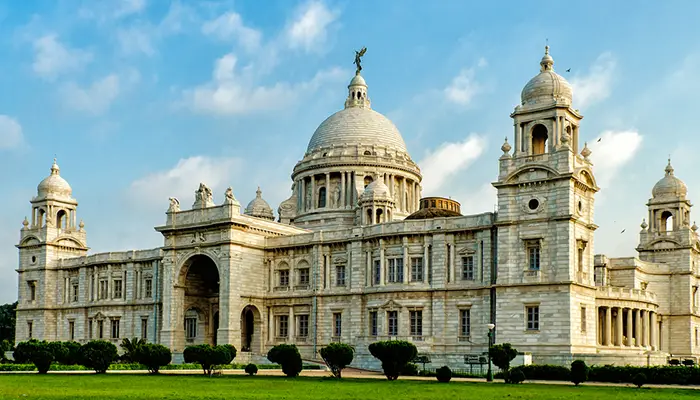Some lies dormant, some had history changing stories and some are Earth’s explosive wonders
Volcanoes are not just geological features; they are powerful symbols of Earth's dynamism and natural beauty. Here, we delve into the stories of nine iconic volcanoes from around the globe, each with its own unique charm and historical significance.
Mount Vesuvius, Italy
Mount Vesuvius, near Naples, Italy, gained infamy with its catastrophic eruption in 79 AD. This event buried the Roman cities of Pompeii and Herculaneum under layers of ash and pumice, preserving a snapshot of ancient Roman life for archaeologists centuries later. Today, Vesuvius stands as a stark reminder of nature's unpredictability, drawing visitors to explore its steep slopes and peer into its still-active crater.
Mount Fuji, Japan
In Japan, Mount Fuji reigns as a symbol of national pride and spiritual significance. Its perfectly symmetrical cone rises majestically from Honshu Island, captivating artists and pilgrims alike for centuries. Designated a UNESCO World Heritage site, Fuji-san's serene beauty and cultural importance make it a must-visit destination, offering panoramic views and a glimpse into Japan's rich cultural tapestry.
Mount Kilimanjaro, Tanzania
Mount Kilimanjaro, towering over the African savannah at 5,895 meters (19,341 feet), is Africa's highest peak and a beacon for adventurers and nature enthusiasts. This free-standing volcanic massif offers climbers a challenging ascent through diverse ecosystems, from lush rainforests to alpine deserts. Its snow-capped summit provides a breathtaking reward, overlooking vast plains and the sweeping landscapes of East Africa.
Krakatoa, Indonesia
Krakatoa, nestled in the Sunda Strait of Indonesia, etched its name into history with a cataclysmic eruption in 1883. This event unleashed tsunamis and volcanic debris that caused widespread devastation and global atmospheric effects. Known as "The Great Krakatoa," this volcano's legacy continues to fascinate scientists and historians, offering insights into the power and consequences of volcanic activity on a global scale.
Mauna Loa, Hawaii, USA
In the Pacific Ocean, Hawaii's Big Island hosts Mauna Loa, Earth's largest volcano by volume and area covered. Its gentle, shield-like profile and frequent eruptions have shaped Hawaiian culture and geology. Known locally as "The Long Mountain," Mauna Loa's lava flows and volcanic activity continue to add new land to the island, creating a dynamic landscape that attracts scientists and visitors alike.
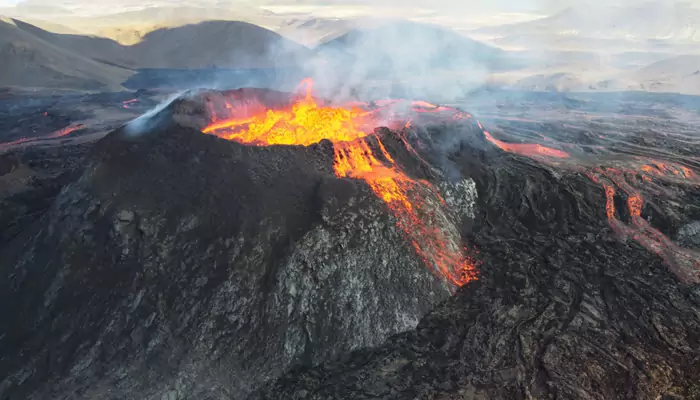
Mount Etna, Italy
Mount Etna, Europe's most active volcano, dominates the landscape of Sicily with its frequent eruptions and fertile volcanic soils. Known as "The Forge," Etna's fiery displays have shaped Sicilian history and culture, influencing agriculture and inspiring awe in those who witness its eruptions. Visitors to Sicily can explore Etna's volcanic craters and vineyards, sampling wines grown in the fertile ash-enriched soils.
Mount Rainier, USA
Washington State's Mount Rainier stands as an iconic stratovolcano in the Cascade Range, towering over the Pacific Northwest skyline. Known as "Tahoma" or simply "The Mountain," Rainier's glaciated peak and pristine wilderness attract hikers, climbers, and nature enthusiasts year-round. Its diverse ecosystems and vital role as a watershed make it a cherished natural landmark and a symbol of Washington's rugged beauty.
Eyjafjallajökull, Iceland
Eyjafjallajökull made headlines worldwide with its disruptive eruption in 2010, grounding air traffic across Europe for days. This stratovolcano is characterized by its ice-capped summit, which adds to the complexity of its eruptions. Despite its challenges, Eyjafjallajökull remains a symbol of Iceland's geological activity and its stunning natural landscapes.
Cotopaxi, Ecuador
Cotopaxi stands as one of the highest active volcanoes in the world, towering over the Ecuadorian Andes at 5,897 meters (19,347 feet). Its symmetrical cone and snow-capped peak create a dramatic backdrop to the surrounding high-altitude plains. Cotopaxi's frequent eruptions have shaped the local landscape and cultural heritage, attracting climbers and scientists to explore its volcanic history and ecological diversity.

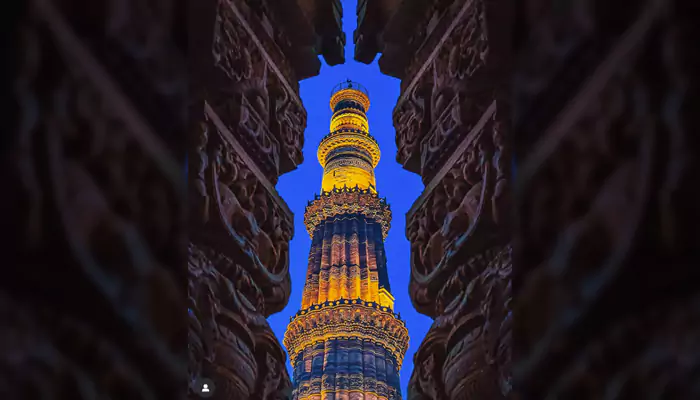

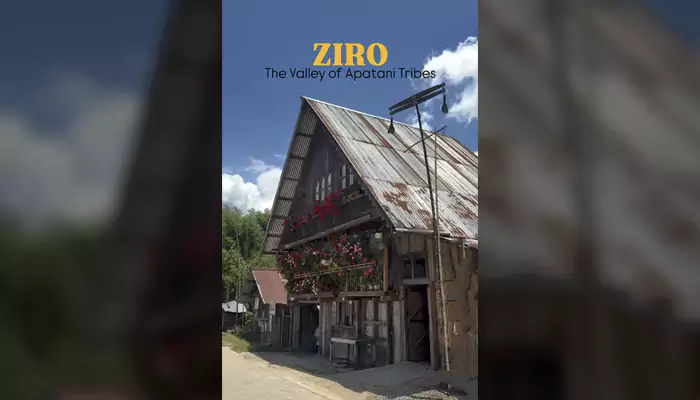
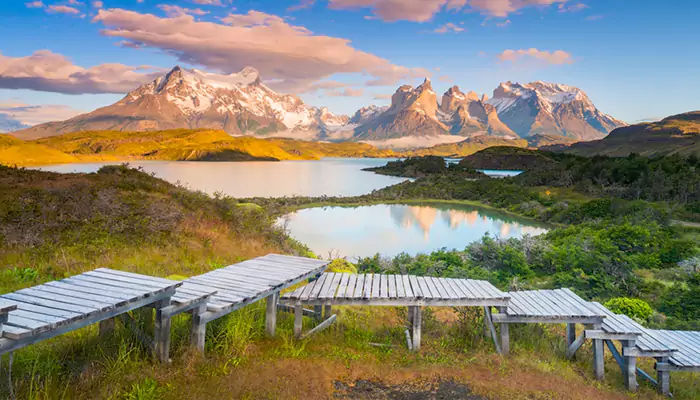
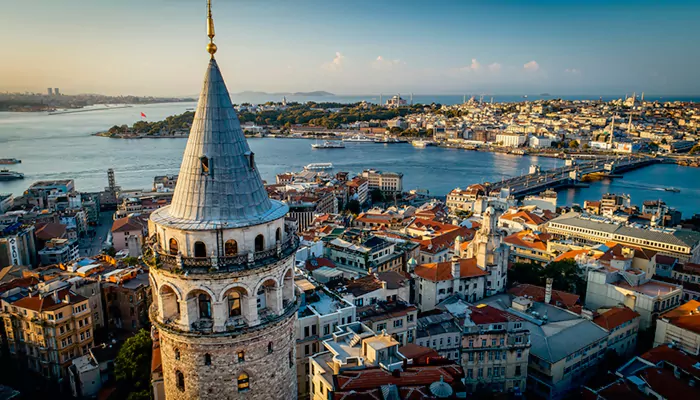
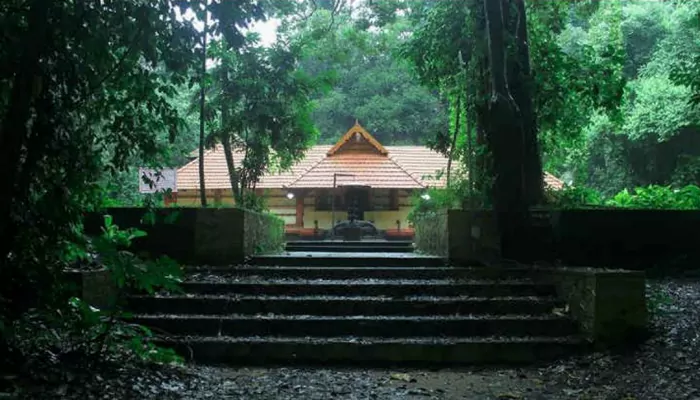
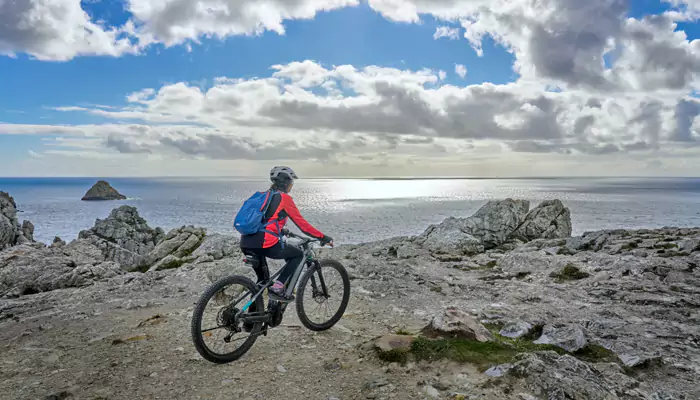
.webp)

